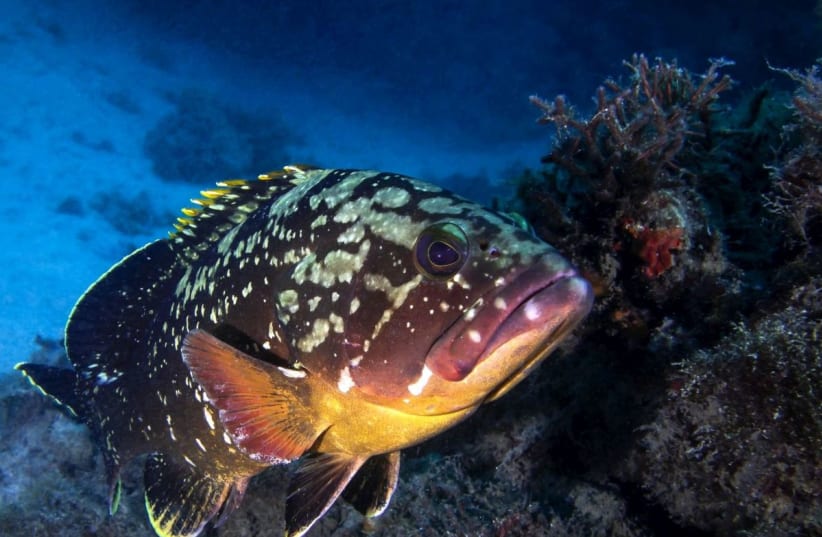A new study by Tel Aviv University found that overfishing and other human pressures are severely harming many marine protected areas (MPAs) around the world, diminishing their effectiveness. The revelations were recently published in Nature Ecology & Evolution Journal.MPAs were created to protect marine ecosystems, and help to conserve and restore fish populations and marine invertebrates whose numbers are increasingly dwindling due to overfishing, the study explained.Their effectiveness has been proven in thousands of studies conducted globally. But most previous studies sample only the "inside" and "outside" of the MPAs, leaving a uncertainty about what happens in the space between the center of the MPAs and areas open for fishing around them, a TAU spokesperson said.
The study pointed to a strong “edge effect” in MPAs, i.e. a sharp 60% reduction in the fish population living at the edges of the MPA (up to a distance of 1-1.5 km within the MPA) compared to core areas.The "edge effect" significantly diminishes the effective size of the MPA, and largely stems from human pressures, first and foremost of which is overfishing at the borders of the MPA, the research found.Sarah Ohayon, a doctoral student at the laboratory of Prof. Yoni Belmaker, School of Zoology, George S. Wise Faculty of Life Sciences, and the Steinhardt Museum of Natural History at TAU, conducted the research.Marine protected areas harmed by overfishing, human pressures - TAU Study
The Tel Aviv University study pointed to a strong “edge effect” in MPAs, i.e. a sharp 60% reduction in the fish population living at the edges of the MPA compared to core areas.

Ohayon explained that when an MPA works correctly, the expectation is that the recovery of the marine populations in the MPAs will result in a spillover, a process where fish and marine invertebrates migrate outside the borders of the MPA. In this way, the MPA can contribute not only to the conservation of marine nature, but also to the renewal of fish populations outside the MPA that have dwindled due to overfishing, according to a TAU spokesperson.
“When I saw the results, I immediately understood that we are looking at a pattern of edge effect," Ohayon said. “The edge effect is a well-studied phenomenon in terrestrial protected areas, but surprisingly has not yet been studied empirically in MPAs. This phenomenon occurs when there are human disturbances and pressures around the MPA, such as hunting/fishing, noise or light pollution that reduce the size of natural populations within the MPAs near their borders."
The findings reveal that 40% of the no-take MPAs worldwide (areas where fishing activity is completed prohibited) are less than 1 km2, which means that entire area is likely to experience an edge effect. In total, 64% of all no-take MPAs in the world are smaller than 10 km2 and may hold only about half (45-56%) of the expected population size in their area compared to a situation without an edge effect.Researchers said this indicates that the global effectiveness of existing no-take MPAs is far less than previously thought.
The university noted that the edge effect pattern does not remove the possibility of fish spillover, and it is still likely that fishers relish large fish coming from within the MPAs. This is evidenced by the concentration of fishing activity at the borders of MPAs. Simultaneously, the edge effect makes it known that marine populations near the border of MPAs are declining at a faster rate than the recovery of the populations around the MPA.